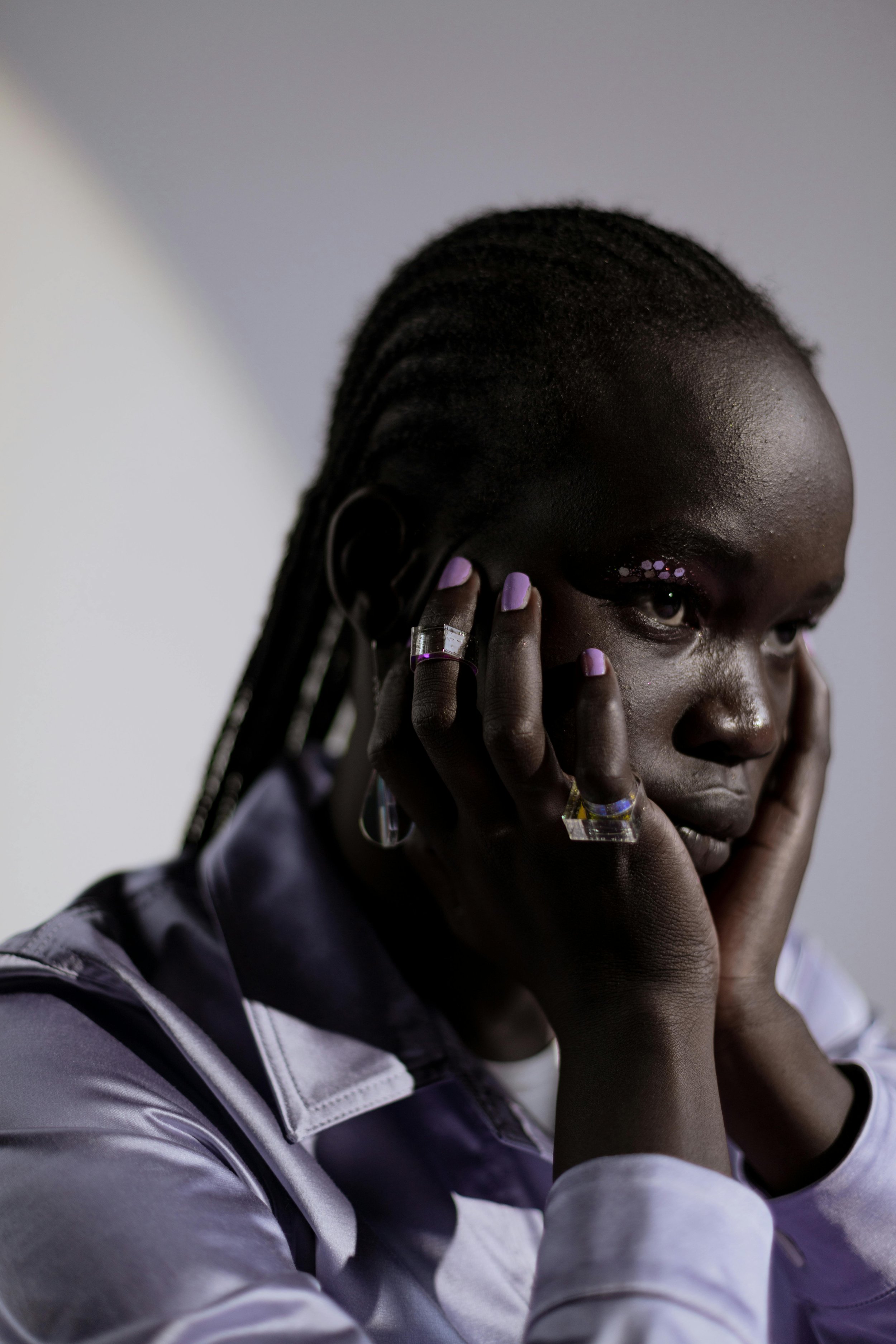The Black Hair Tax: No Breaks for Black Women Who Want to Avoid Breakage
By Tola Osundina
Raise your hand if you've ever been personally victimised by an Instagram hairstylist. We've all been there: we've discovered a braider, reviewed their profile and clicked the link to book a slot, only to find the long list of requirements that need to be met. I'm not just talking about the six-week wait for an appointment or the large non-refundable deposit amounts; I'm talking about the bulleted list that's usually written in all caps with a tinge of hostility. Braids are an integral part of Black culture, so why aren't they more accessible?
The Burden of Black Haircare
The 2009 documentary Good Hair was my first introduction to the history of Black hair and the origins of what we determine to be ‘good hair’. While the documentary focuses on the experiences of African-American women specifically in the context of African-American culture, its themes are applicable to many Black women in some way. For me, Good Hair forced me to question whether I had been upholding Eurocentric beauty standards and is a reason why I continuously review my relationship with all my Black features.
I was ten years old when I had my first relaxer. I remember looking forward to it; my natural hair was thick, high-maintenance and painful when brushed. My older sisters had all gone through what I had decided was a rite of passage. They would typically flaunt the way their hair moved with the wind, which left me feeling jealous and left out. When I would go to the hairdressers, stylists would compliment me for having ‘good hair’ solely because my hair adapted well to the relaxer whilst maintaining its thickness. For years, I took pride in this very fact. And, admittedly, it wasn't until the pandemic that I finally decided to transition back to my natural coils, which I have now grown to love.
For Black women, our hair is so deeply intertwined with our identities – how we are perceived in the workplace, on dating apps, online and in general – it can sometimes feel as though all of our hair decisions hold significant weight. Wigs versus braids, locs versus leave-out, trying something new versus not wanting to confuse our non-Black colleagues. Even as I write this, my shoulders are raised. It can be overwhelming and exhausting, which is why my priority now is to protect my hair in a way that doesn't take away from my (personal definition of) Blackness. So, like many, I've turned to braids as my go-to hairstyle.
The Braiding Game
Cut to: the rise of the Instagram braiders whose requirements create an obstacle course of sorts. When booking an appointment, it's common for braiders to include a list of stipulations and require bookings to be made weeks in advance. Clients must not show up with ‘plus ones’. Clients must arrive with their hair cleaned and thoroughly blowdried. Clients must not be late. Clients must be willing to pay more on randomly selected ‘premium’ days. Clients must provide 72 hours’ notice for all cancellations. These services aren't cheap. Medium knotless braids will likely set you back £300, while goddess braids may cost up to £1,000. The newest trend is the introduction of a height surcharge; clients taller than 5’7” will be charged more for waist or hip-length braids.
How did we end up here? Braids have always been popular but, in recent years, thanks to the likes of Ryan Destiny and (dare I say) Zoë Kravitz and the overall resurgence of nineties fashion, their popularity has only increased. Combined with the rise of social media, we are now witnessing a saturation of the market filled with braiders who – for the most part – promise the same things. Yet, it still feels as though there's a shortage. The supply doesn't quite meet the demand and customers find themselves with very few options. We've created a cycle wherein these extortionate prices are now considered to be the norm.
When compared to the ease with which our non-Black counterparts are able to schedule hair appointments, this feels like another unfair burden for Black women. A similarly priced treatment at a UK salon would come with a certain level of peace that is so rarely afforded the average Black customer (think: friendly receptionists, timely service and cups of tea). It's no surprise that, on average, Black women spend three times more than white women on haircare.
And yet, the barrier to entry for Instagram braiders remains as low as our expectations. There are no qualification requirements nor is there a professional body to oversee the quality of the output. We are asked to judge the braider solely on a handful of well-lit pictures and anything that suggests they'll understand our desired aesthetic. The power imbalance is palpable.
Of course, there is another option. The alternative is to ask a friend of a friend for a recommendation for an Aunty or local salon. The prices won't be so bad, but you'll pay with your time. I've personally spent many Saturdays in my lifetime waiting until 4 pm for my 10 am appointment to start because, just like the Instagram braiders, the Aunty knows who's really in charge.
An ideal future would look like this: Black women are able to book reasonably priced hair appointments that start and finish on time. Black women have access to more options where they are treated like valuable customers. Black women are able to have it all.

